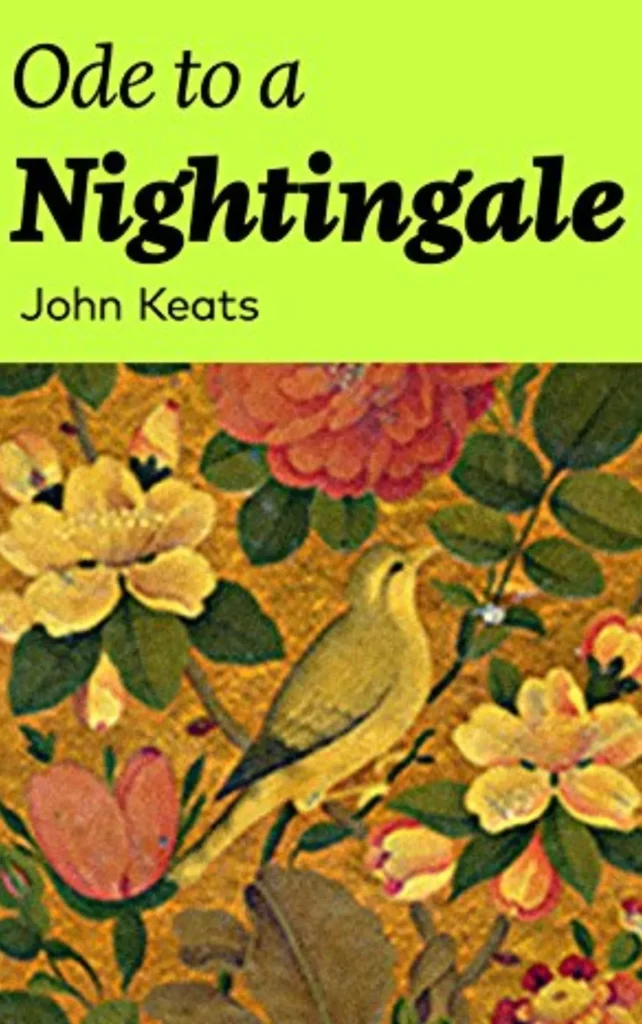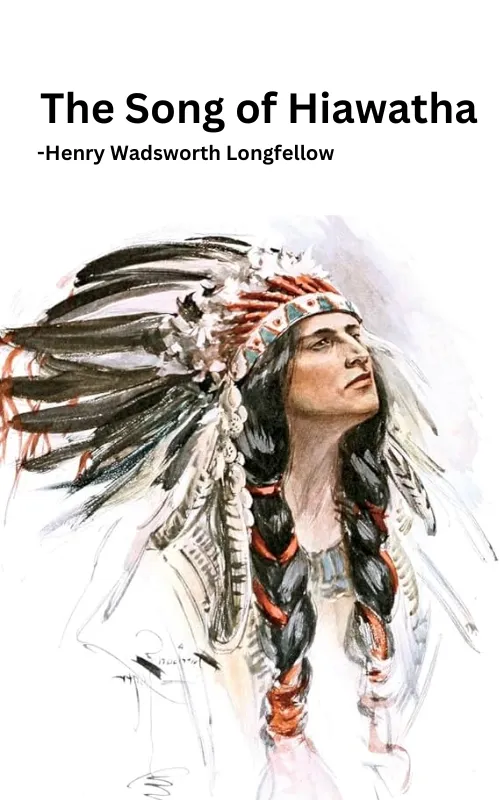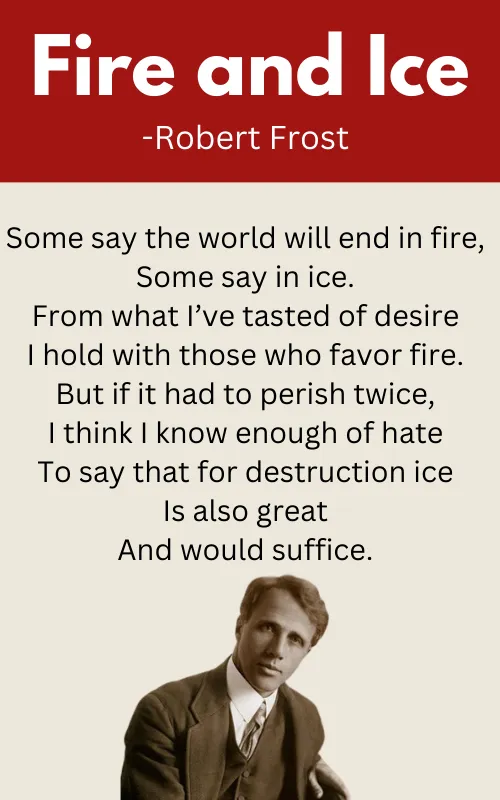About the Poem “Middle Passage”
| Poem Title | Middle Passage |
| Author | Robert Hayden |
| Year of Publication | 1962 |
| Style | Free verse |
| Form | Long poem consisting of 115 lines in free verse |
| Theme | Slavery, the Middle Passage, human suffering |
| Setting | The transatlantic slave trade, 18th century |
| Main Characters | African slaves, slave ship crew, Olaudah Equiano |
| Major symbols | The ship, the sea, the sharks, the dead |
| Tone | Somber, reflective, and condemning of slavery |
| Literary devices | Imagery, metaphor, simile, personification, alliteration, assonance |
Themes of Middle Passage
The themes of Robert Hayden’s poem “Middle Passage” are:
- Slavery ➤ The poem is a powerful indictment of the slave trade and the institution of slavery itself.
- Racism ➤ The poem highlights the racism and dehumanization that enslaved Africans were subjected to.
- Dehumanization ➤ The poem shows how enslaved Africans were treated as objects rather than human beings.
- Resilience ➤ Despite the horrific conditions of the Middle Passage, the poem also speaks to the resilience and strength of the enslaved Africans.
- Survival ➤ The poem is a testament to the will to survive of the enslaved Africans.
- Hope ➤ Despite the suffering and despair, the poem ends with a note of hope, suggesting that the enslaved Africans will eventually overcome their oppressors.
Middle Passage Summary & Analysis
Robert Hayden’s poem “Middle Passage” is a thought-provoking poem through the historical and emotional complexities of the transatlantic slave trade. Hayden explores the harrowing experiences of enslaved Africans as they endured the perilous voyage from Africa to the Americas in this poem. The poem is divided into stanzas, each of which adds to the overall narrative.
Stanza 1
The first stanza introduces the reader to the horrors of the Middle Passage through the eyes of a white crewman. The speaker describes the cramped and filthy conditions on the ship, as well as the physical and emotional suffering of the enslaved Africans. He writes of “the moaning tide of black flesh” and the “fever and the dying.” The stanza ends with a chilling image of the sharks that follow the ship, waiting to feed on the bodies of those who die.
Stanza 2
The second stanza is told from the perspective of a white slaver. The speaker describes the slave trade as a business transaction, and he boasts of the profits that can be made by selling enslaved people. He also reveals the complicity of African kings and chiefs in the slave trade, noting that they would often capture and sell their own people to the Europeans.
Stanza 3
The third stanza is a powerful and moving lament from the perspective of an enslaved African. The speaker describes the loss of his homeland and his family, as well as the physical and emotional abuse that he has suffered at the hands of his captors. He ends with a cry for justice, asking God to “look down and curse these white devils.”
FAQs from “Middle Passage“
What is the poem Middle Passage about?
The poem “Middle Passage” by Robert Hayden is about the horrific journey of African slaves to the Americas.
Why did Robert Hayden write Middle Passage?
Robert Hayden wrote Middle Passage to recount the horrors of the transatlantic slave trade and reflect on the human spirit’s endurance in adversity.
What are the three horrors of the Middle Passage?
The three horrors of the Middle Passage are: disease, death, and dehumanization.
Why was it called Middle Passage?
The Middle Passage was the middle leg of the triangular trade route, where enslaved Africans were transported across the Atlantic Ocean to the Americas.











